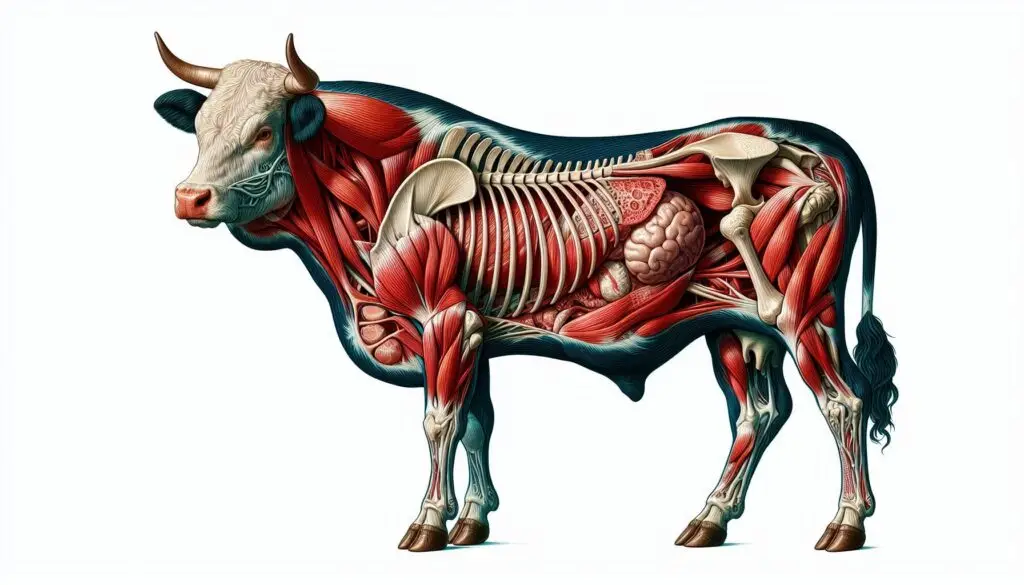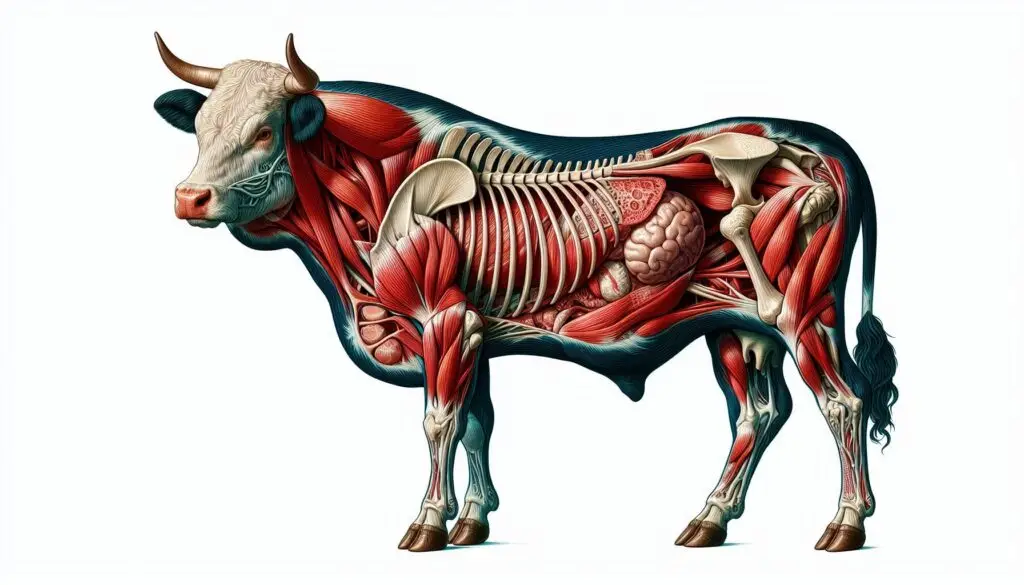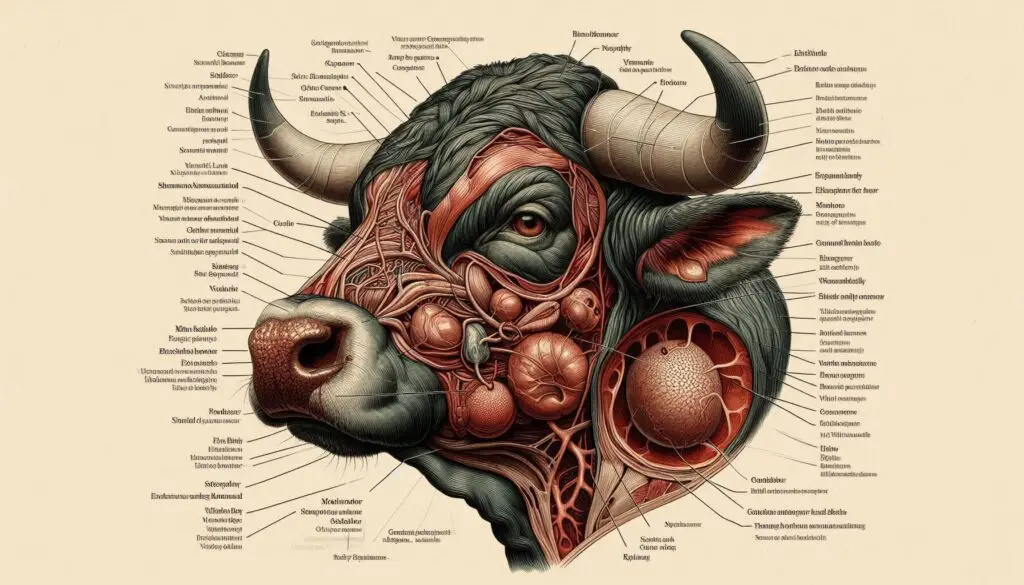Semen Quality Evaluation in Cattle

Evaluating semen quality in cattle is vital for successful breeding programs, especially in artificial insemination (AI). Understanding the various tests and methods to assess semen quality can significantly enhance fertility rates. This article provides a detailed overview of semen quality evaluation, focusing on key parameters, testing methods, and their importance.
Introduction to Semen Quality Evaluation
The success of cattle breeding relies heavily on the quality of the semen used. Poor semen quality can lead to low conception rates and reduced productivity. Therefore, it is essential to conduct thorough evaluations of semen before use. This guide explores the critical aspects of semen quality evaluation, including physical characteristics, sperm concentration, motility, morphology, and more.
Importance of Semen Quality in Cattle Breeding
Semen quality directly impacts fertility rates. High-quality semen increases the chances of successful fertilization and healthy offspring. According to research published by the University of Kentucky, understanding semen quality helps improve reproductive efficiency in cattle herds.
Key Parameters for Semen Evaluation
1. Physical Characteristics
Physical characteristics provide initial insights into semen quality. Key aspects include:
- Volume: The total amount collected during ejaculation. Typical volumes range from 5 to 15 mL.
- Color and Odor: Healthy semen appears creamy white to yellowish with a characteristic odor.
- pH: Normal pH levels should be between 6.5 and 7.5.
- Viscosity: This affects sperm motility; it should be fluid enough to allow for movement.
2. Sperm Concentration
Sperm concentration is crucial for determining the number of viable spermatozoa available for fertilization. It is measured in millions per milliliter (mL). A typical AI dose contains about 20 million spermatozoa per straw (0.25 mL) Penn State Extension.
3. Motility
Motility refers to the ability of sperm to move effectively. It is assessed through:
- Initial Motility: The percentage of motile sperm immediately after collection.
- Progressive Motility: The percentage of sperm that move forward actively.
High motility rates are essential for successful fertilization. Research from Penn State Extension indicates that a minimum motility rate of 60% is ideal for AI.
4. Morphology
Morphology assesses the shape and structure of sperm cells. A high percentage of normal morphology is vital for fertility. Typically, at least 70% of sperm should have a normal shape.
5. Membrane Integrity
Membrane integrity indicates the viability of sperm cells. The Hypo Osmotic Swelling Test (HOST) assesses this by measuring the ability of sperm to swell in a hypotonic solution.
6. Acrosome Integrity
The acrosome is a cap-like structure on the head of sperm that contains enzymes necessary for fertilization. A minimum of 65% intact acrosomes is generally required for effective fertilization.
Methods of Semen Analysis
Several methods are used to analyze semen quality effectively:
1. Microscopic Examination
Microscopic examination involves visually assessing sperm under a microscope. This traditional method allows for direct observation of motility and morphology.
2. Computer-Assisted Sperm Analysis (CASA)
CASA technology provides objective measurements of sperm motility and morphology. It analyzes multiple parameters simultaneously, offering detailed insights into semen quality.
3. Flow Cytometry
Flow cytometry evaluates cell membrane integrity and other characteristics efficiently. This method correlates well with fertility outcomes and offers rapid results Moz.
4. Incubation Tests
Incubation tests assess the stability of motility over time, which indicates the viability of stored or frozen semen.
5. Proficiency Testing Programs
Organizations like ICAR offer proficiency testing programs to ensure consistent quality control across laboratories analyzing bull semen.
Understanding Semen Quality Assessment
Assessing semen quality is essential for several reasons:
- It identifies substandard samples that may lead to poor fertilization rates.
- Quality evaluation supports genetic improvement by ensuring only the best semen is used.
- It aids in managing reproductive health in cattle herds, contributing to better productivity.
Factors Affecting Semen Quality
Several factors can influence semen quality:
1. Age of the Bull
Younger bulls often produce higher-quality semen compared to older bulls due to better overall health and vitality.
2. Nutrition
Proper nutrition plays a crucial role in reproductive health. Deficiencies in vitamins and minerals can negatively affect semen quality University of California Agriculture & Natural Resources.
3. Health Status
Bulls with underlying health issues may produce lower-quality semen. Regular veterinary check-ups are vital for maintaining reproductive health.
4. Environmental Conditions
Extreme temperatures, humidity, and stress can adversely affect semen quality. Providing a comfortable environment is essential for optimal breeding conditions.
Best Practices for Collecting Semen
To ensure high-quality samples, follow these best practices during collection:
1. Use Proper Techniques
Employ appropriate techniques when collecting semen from bulls to minimize stress and ensure high-quality samples.
2. Maintain Hygiene
Ensure all equipment used during collection is clean and sterile to prevent contamination.
3. Monitor Bulls’ Health Regularly
Regular health checks help identify any potential issues that could affect semen quality.
Storage and Handling of Semen
Proper storage and handling are critical for maintaining semen quality:
1. Freezing Techniques
Semen should be frozen using appropriate protocols to preserve its viability over time Texas A&M AgriLife Extension.
2. Thawing Procedures
Thawing should be done carefully to prevent damage to sperm cells.
Conclusion: The Importance of Semen Quality Evaluation in Cattle Breeding
In conclusion, evaluating semen quality is essential for successful cattle breeding programs. By understanding key parameters such as physical characteristics, motility, morphology, and membrane integrity, breeders can make informed decisions that enhance fertility rates and overall herd productivity.
For more information on cattle reproduction and management practices, consider exploring resources from reputable agricultural extensions like University of California Agriculture & Natural Resources or Texas A&M AgriLife Extension.
By implementing rigorous testing methods and adhering to best practices in collection, storage, and handling, you can significantly improve your breeding outcomes while ensuring the health and productivity of your cattle herd.
More from Animal Reproduction:
https://wiseias.com/ideal-composition-of-semen-diluents/
https://wiseias.com/ideal-composition-of-semen-diluents/
https://wiseias.com/chemical-physical-properties-semen/
https://wiseias.com/semen-preservation-artificial-insemination-livestock/





Responses